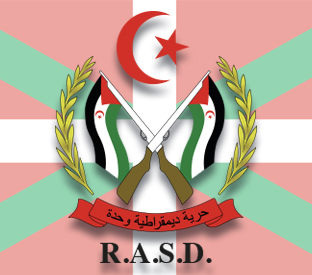

One is linear epitope-specific recognition and the other is conformational or discontinuous epitope specific. Two types of epitopes.Įpitope recognition by antibodies is generally divided into two types. Intact native proteins mainly feature secondary and tertiary structures, but various kinds of monoclonal antibodies do not necessarily have specificity for conformational structures, although they have been raised against a large number of proteinous antigens.

In addition to their primary, secondary and tertiary structures, proteins may also exhibit quarterly structures formed by hetero- or homosubunits, which provide unique interfacial geometries on their complexes. The other is conformational, dependent on secondary and tertiary structures. One is linear in the primary structures of proteins. It is known that monoclonal antibodies can specifically recognize two types of epitopes ( Figure 2). A critical reason for their employment is their high specificity and affinity for targeted antigens. There is another important point regarding further development of therapeutic monoclonal antibodies. Hemophilia A (congenital Factor VIII deficiency) with Factor VIII inhibitorsĪdvantages of stereo-specific monoclonal antibodies Precursor B-cell acute lymphoblastic leukemia Metastatic squamous non-small-cell lung carcinoma Heterozygous familial hypercholesterolemia, Refractory hypercholesterolemia Name of antibodyĮmergency reversal of anticoagulant dabigatran The number has been increasing year by year. The US FDA-approved therapeutic monoclonal antibodies from 2015 to 2017. 27 therapeutic monoclonal antibodies were approved by the US FDA from 2015 to 2017. Finding new target antigens will be of critical importance for further development of antibody-based medicines in the future. The reasons for continuous expansion of the market for therapeutic antibodies include an increase in the number of approvals, efforts to explore other target diseases for the already approved therapeutic antibodies, as well as improvements in formulations and dosage forms. As shown in Figure 1, the percentage of human and humanized antibodies in the total has dramatically increased. There are interesting changes in the characteristics of the antibodies attracting attention. In 2017, a total of 11 therapeutic monoclonal antibodies were approved. It is noteworthy that the range of therapeutic monoclonal antibodies has been remarkably increasing since the late 1990s, the total number approved by the US FDA reaching 64 in 2018 (see Table 1 list for those from 2015 to 2017). However, in 2017 the sales of antibody-based medicines took on the leading position, with expected sales of 172.8 billion dollars in 2022, about 20% of the global pharmaceutical market. Recombinant proteins, followed by therapeutic antibodies, have been the main contributors to the biopharmaceutical market in the past. It is forecasted to be >380 billion dollars in 2024. The biopharmaceutical market, like the global pharmaceutical market, has been expanding every year and is expected to reach approximately 230 billion dollars in 2018, twice the sum in 2010.


 0 kommentar(er)
0 kommentar(er)
